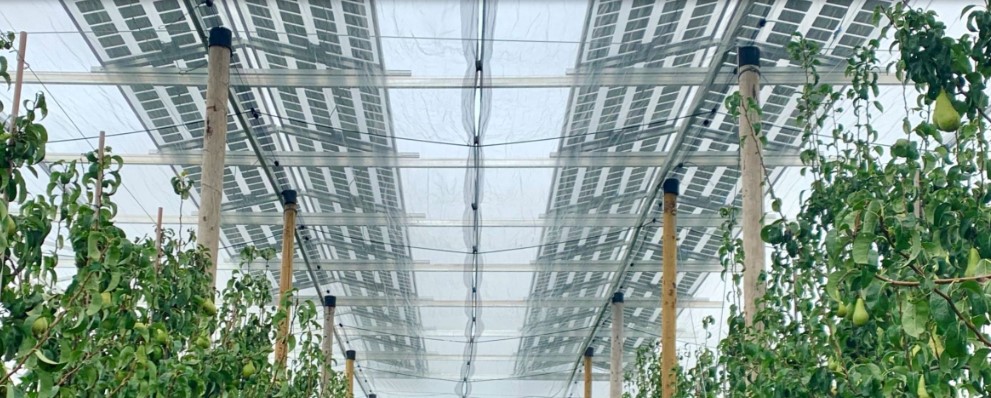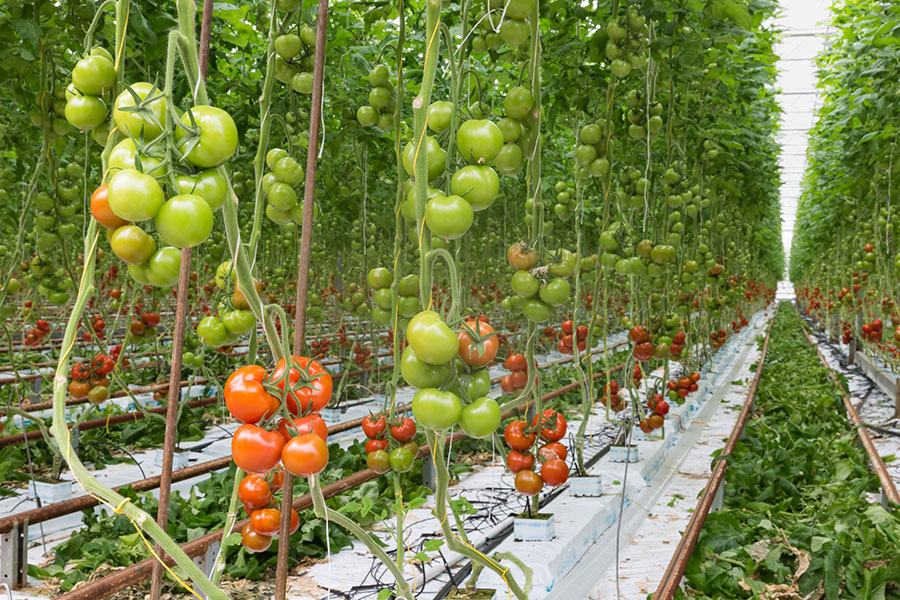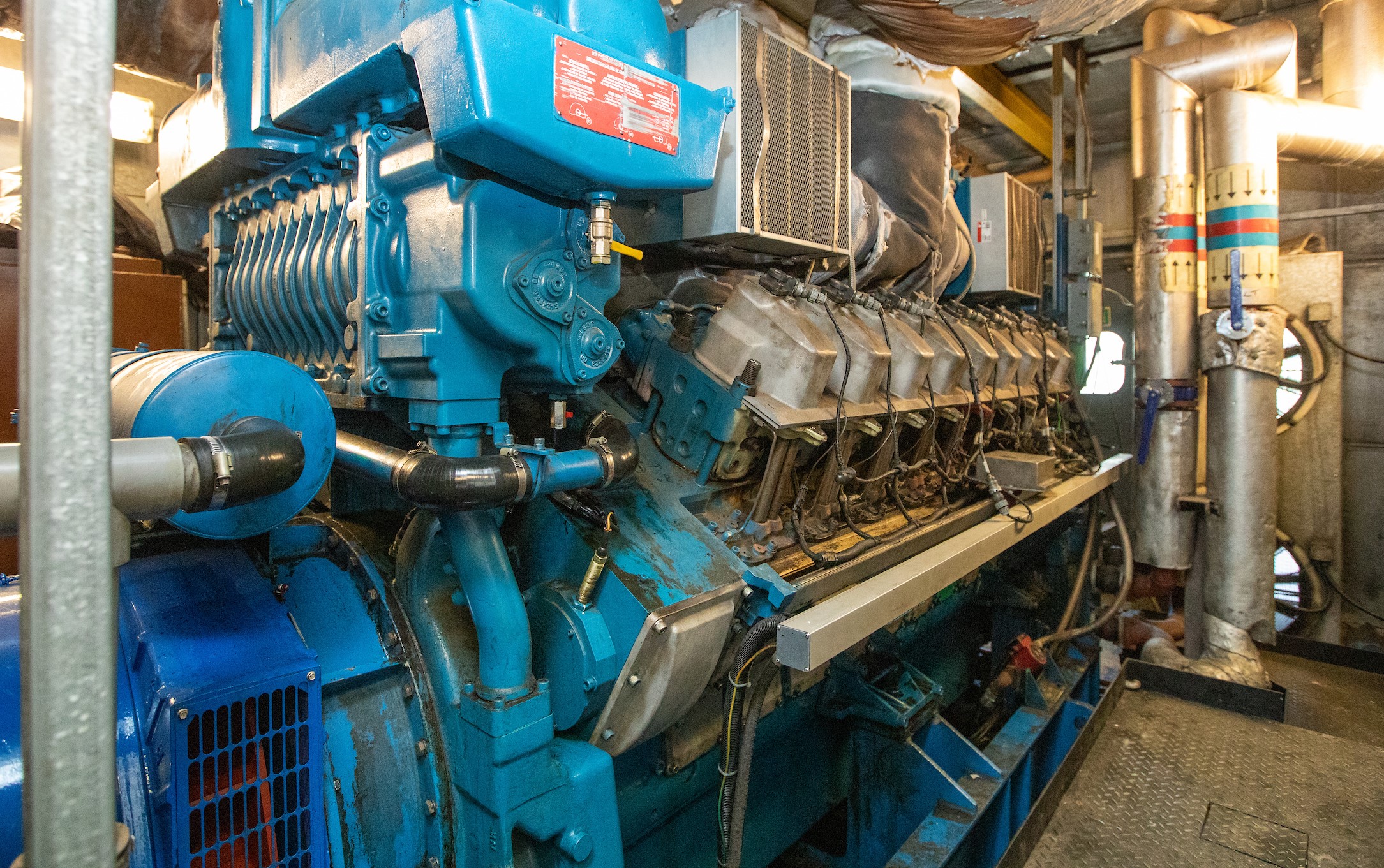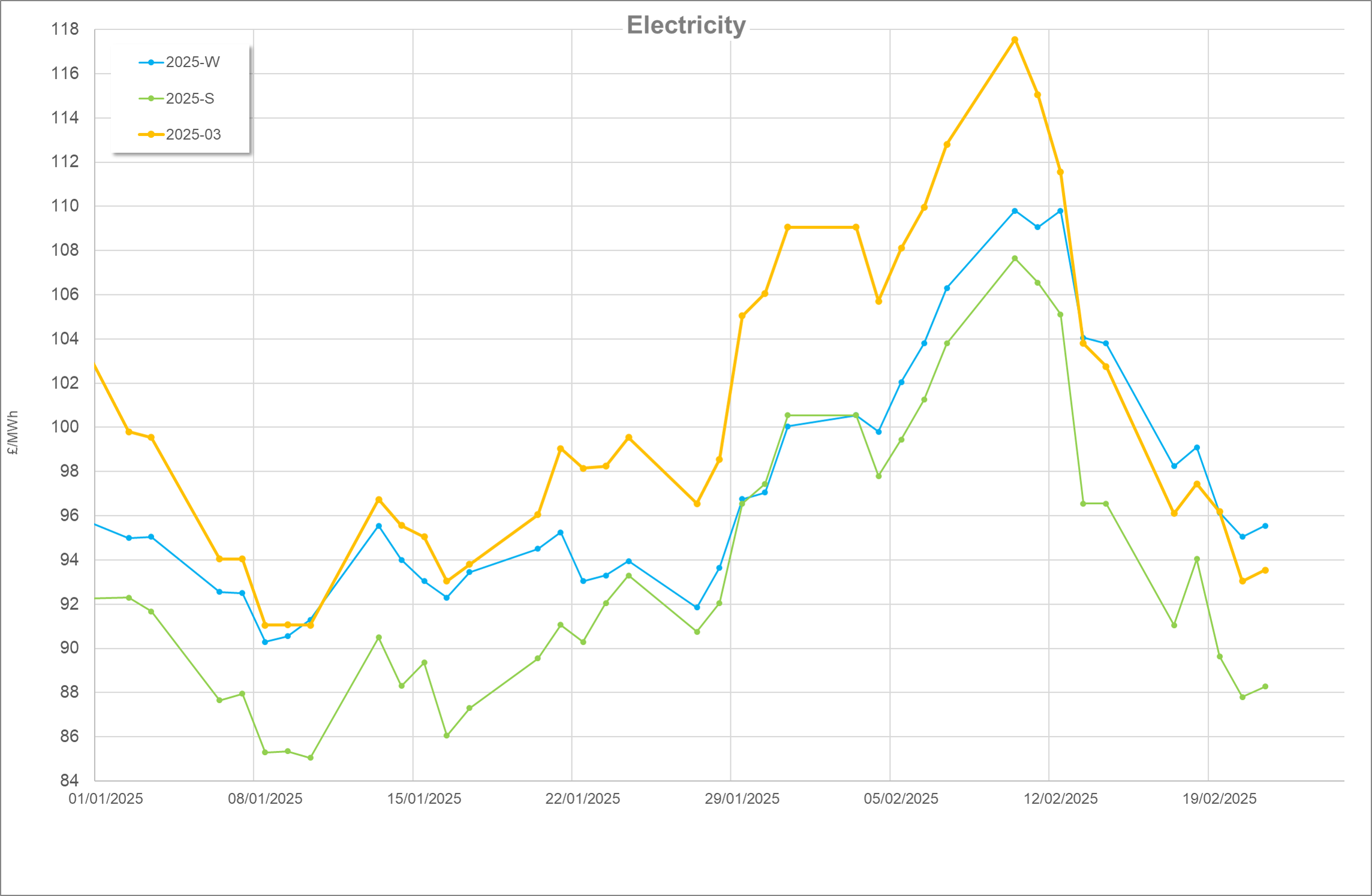Energy from the sun is in abundance, so, being able to utilise more of that energy can significantly aid in the UKs net zero goal by 2050.
Why is it useful?
The current volatility on the electricity market has significantly increased the interest in installing Solar PV to provide stability against the uncertainty in costs. Agrivoltaics seeks to provide multiple land use for both farming and electricity generation.
It would also help to decarbonise the UKs grid – more so on sites with low energy inputs, where the majority of generation would be exported via a power purchase agreement. In this case, agrivoltaics would be a financial benefit by increasing the value the land produces.
Carbon Emissions
When taking climate change into consideration, the agricultural sector is dominated by direct carbon emissions, with small amounts of nitrous oxide emissions. Carbon emissions are associated with heat and electricity generation, chilled storage, and fuel usage in machinery and transport. Nitrous oxide is associated with fertiliser usage.
For perspective, nitrous oxide is around 298 times more potent than Carbon Dioxide in warming effect.
Offsetting fossil-fuel sourced electricity use on site through renewable self-generation can have an impact on reducing carbon emissions promoting sustainable agriculture. That is the niche in which agrivoltaics operate.
Agrivoltaics provides a dual-purpose for land, energy generation and farming, by utilising the suns available energy at benefit to the farm and the wider UK grid.

Some research studies with pilot farms testing the viability of agrivoltaics are promising – even when using a shade intolerant crop.
Crops & Photosynthesis
Firstly, let’s consider crops and their ability to photosynthesise with energy from the sun. Crops use energy from the sun, however, there is a limit to how much energy they can utilise. As the image below shows [2], as light intensity increases, so does the rate of photosynthesis, but this only occurs up to a threshold. This is known as the light saturation point; beyond this point, more light on the crop does not allow it to photosynthesise more, i.e., sunlight is in excess. If excess light becomes too great the rate of photosynthesis decreases, due to the crop overheating and needing to use more energy to transpire. The crop then cools itself and the surrounding area through evaporation, at the cost of using water.

Solar Panels
Now, when analysing the efficiency of solar PV, as the image below shows [3], when a panel reaches temperatures above 65ºC, overheating occurs and its efficiency dramatically decreases. Therefore, it is important that the panel stays cool to promote maximum electricity generation.

So, if solar PV panels have better efficiencies when cooler, and crops can provide cooling when ambient temperatures are high, whilst still photosynthesising with reduced sunlight, the idea would be to combine the two.
Case studies
An experiment was carried out comparing fruit growth in a traditional plastic polytunnel against one with a solar PV roof. It was found that the maintenance of a solar PV roof was much easier and saved money in an event of a storm. Whereas traditional plastic tunnelling is more easily destroyed along with the housed fruits. Since fruits must be harvested regardless of damage, solar panels can provide good protection in those extreme weather conditions, resulting in fewer losses. There were two other major advantages found in the study from using solar PV panels as roofing. Firstly, the temperature under the panels was cooler, making the working conditions more comfortable. Secondly, the irrigation water usage was reduced significantly due to shading from the PV panels.
Solar panels can be designed to stand vertically on stilts [4] or mounted above crops acting as a roof with the ability to rotate panels.

Mounting vertical PV panels allows sunlight utilisation from both sides of the panels, and as long as sufficient spacing is given, farming equipment can still be used between rows.
Depending on the crop type, the height of the stilts would need to be adjusted to reduce shading on the panels. This method does mean that more land is lost, and the panels would most likely be south facing to ensure maximum generation potential. A compromise would need to be made to deduce an optimal ratio between how much land is lost compared to gains in renewable generation. Additionally, panels in this orientation will be more prone to soiling, and it will potentially be difficult to access the panels for cleaning when crop is in the field. As well, these panels will be more prone to damage from farm equipment.
Solar PV on livestock sites can also provide a good dual usage for agrivoltaics. Coupled with grazing animals, a single field can be producing renewable electricity, housing livestock, maintaining vegetation and enriching the soil. Non-disruptive livestock include sheep to chickens and bees. Using solar panels in this way can lead to higher cleaning costs, as soiling can occur more frequently.
Article reviews
An article reviewed a study on stilt-mounted solar PV panels on a farmland, comparing crops and density of solar panels[5].
The study had three configurations: no modules, low module density, and high module density; referring to the amount of solar PV in one area. The crops were planted in the same proportion on each site.
The study concluded that even though agrivoltaics were more viable when paired with shade tolerant crops, they were also able to grow corn – which is a shade intolerant crop. Comparing the average fresh weight of crops and biomass of corn stover, the configuration with low density modules performed the best, higher than the no-panels configuration. This comes down to the light saturation point of crops explained earlier, where excess sunlight forces the plant to use more energy in cooling and therefore impedes growth. Water savings were also observed.
In terms of agriculture, with produce such as potatoes, soft/top fruit and field vegetables, there is often a constant electricity demand for several months of the year for refrigerated storage, which Solar PV can be well placed to produce. While Solar PV can be installed on the roof of the refrigeration area, also installing Solar PV directly on the fields can allow for excess generation, opening the possibility for batteries to be installed, providing electricity through the night. With the current volatility and uncertainty of the electricity market, this can create stability for the owner against the fluctuating costs.
Where Agrivoltacis wouldn’t work
There are some scenarios where agrivoltaics may not make sense – for example, any lit protected crop, where the panels would block sunlight, directly opposing the purpose of installing Solar PV. However, for unlit protected crops, there are designs for low density modules with transparent fixtures and surrounding areas. This will reduce blocked sunlight, but consequently, would also reduce electricity generation. The decision would then be based on the crops growing inside the glasshouse to determine how much sunlight is needed for desired crop yields.
Agrivoltaics alone will not solve the need for renewable energy generation in the UK, however, it has potential to make an impact at both a farm and UK level. A few things to consider is that generation is dependent on weather – if there is no sun, there will be no generation. One way to overcome this would be to use batteries – a whole topic on itself. Solar PV panels have an average life of 25 years with continued module degradation. Although they can still produce electricity after 25 years, the efficiency will be less.
Glass, metals and silicone can all be recycled from PV panels; however, the recycling process needs to improve to reduce costs and improve efficiencies for the future.
Conclusion
To conclude, agrivoltaics and dual use land will increase the usefulness obtained from those resources. A major factor to consider when it comes to solar PV is food vs renewable energy. Rishi Sunak has argued against using arable land for renewable energy generation and believes it should be used for farming and food. However, when considering vertical/roofing mounts for solar panels, even though some arable land may be lost, it can be a good compromise between both.
Further UK-based research would be required on a large scale, with a range of crops and growing systems, to obtain reliable and reproducible results. Success in Japan strongly supports the use with over 120 crops grown.
[1] https://agrovoltaic.org/ground-mounted/
[2] Benedetti, Manuel & Vecchi, Valeria & Barera, Simone & Dall’Osto, Luca. (2018). Biomass from microalgae: the potential of domestication towards sustainable biofactories. Microbial Cell Factories. 17. 10.1186/s12934-018-1019-3.
[3] Ibrahim, A. & El-Amin, A. (2012). Temperature Effect on the Performance of N-type c -Si Film Grown by Linear Facing Target Sputtering for Thin Film Silicon Photovoltaic Devices. Optoelectronics and Advanced Materials, Rapid Communications. 6.
[4] Toledo, C.; Scognamiglio, A. Agrivoltaic Systems Design and Assessment: A Critical Review, and a Descriptive Model towards a Sustainable Landscape Vision (Three-Dimensional Agrivoltaic Patterns). Sustainability 2021, 13, 6871. https://doi.org/10.3390/su13126871
[5] Sekiyama, T. and Nagashima, A., 2019. Solar Sharing for Both Food and Clean Energy Production: Performance of Agrivoltaic Systems for Corn, A Typical Shade-Intolerant Crop. Environments, [online] 6(6), p.65. https://doi.org/10.3390/environments6060065







